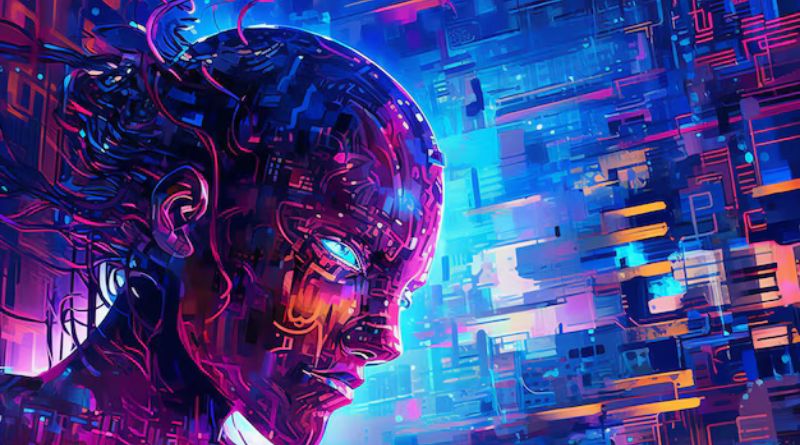
The gaming industry is going through an evolutionary revolution, due to new developments in artificial intelligence. Probably, one of the most promising innovations is the appearance of AI technologies that help create individual 3D models. Recently with the help of a 3D model generator, developers can create distinctive 3D objects from images or text in a couple of seconds. This capability not only improves creativity, but it also improves work-flows and thus AI is becoming more and more a relevant aspect for the 3D asset creation in game development.
The Rise of AI in 3D Asset Creation
Previous to the emergence of Isotox, the development of 3D game assets was a very computer graphics and artist dependent process that utilized a lot of time. Characters or environments were modeled, textured and rigged, sometimes taking many hours to accomplish and can be very time consuming and expensive. But with the creation of the 3D model generator the situation is quite different. Through LiDAR, developers can quickly create accurate models that are unique to the application and have little of the problems seen with analog techniques.
Hence, there are capabilities of training AI algorithms on the principles of design so that it becomes easy to produce accurate models of aesthetic and operational value. This has massive effects on, or brings opportunities to indie developers, small studios, and even giant companies of game development.
Benefits of Using a 3D Model Generator
Among the endless advantages of using a 3d model generator include:
1. Time Efficiency: One of the most significant advantages of utilizing a 3D model generator is the time it saves. What used to take days can now be accomplished in a matter of minutes. Developers can input an image or text description and receive a fully rendered 3D model almost instantaneously. This rapid asset creation allows teams to focus on other crucial aspects of game development, such as gameplay mechanics and narrative design.
2. Cost Savings: Hiring skilled 3D artists or purchasing pre-made assets can be prohibitively expensive, especially for smaller studios. The cost of labor in the game development industry is often a major barrier to entry for indie developers. By employing a 3D model generator, teams can significantly reduce costs associated with asset creation. The savings can then be reinvested into other areas of development, such as marketing, testing, or enhancing gameplay features.
3. Customization and Flexibility: AI-generated models can be highly customized. Developers can generate unique assets that align perfectly with their game’s theme or aesthetic. Whether it’s creating fantastical creatures, intricate environments, or everyday objects, a 3D model generator can deliver tailored designs based on specific inputs. This flexibility is particularly valuable in a creative industry where uniqueness is key to standing out in a crowded market.
4. Accessibility for Non-Experts: Not all game developers are trained 3D artists. The barrier to entry for 3D modeling has traditionally been high, but AI tools are making this process more accessible. With a 3D model generator, individuals with little to no design experience can produce professional-quality models. This democratization of asset creation encourages more people to enter the game development space, fostering a more diverse range of voices and ideas.
5. Rapid Prototyping: The ability to quickly generate and iterate on models means that game developers can experiment more freely. Whether they’re prototyping a new game concept or testing gameplay mechanics, having access to a 3D model generator facilitates faster feedback cycles. This ability to pivot quickly can be the difference between a successful game and a failed project.
Applications Beyond Game Development
While the focus here is on game development, the capabilities of a 3D model generator extend into other fields, particularly in 3D printing. Designers can create models for prototypes or physical products, making it easier to visualize and manufacture items before committing to production. This overlap between gaming and 3D printing not only expands the market for 3D assets but also encourages innovative thinking across disciplines.
The Future of AI in Game Development
AI becoming more developed, it is also expected its use in game creation will become more diverse as well. Possibilities for improvements would involve improved machine learning algorithms of the artistic styles so that they can support even more personalized and more sophisticated designs. Also, as the concept of AI gets implemented into designing games means there would be logic implemented to generate assets on the fly during the game play which essentially would mean that dynamic game environments could be a reality.
While the idea of a 3D model generator could be expanded to have shared functionalities that would allow workers to work on assets at the same time, regardless of location. This would also improve the development regime itself and also cooperation, which are essential in today’s globalised economy.
Conclusion
AI has emerged as a force through which we are beginning to see the outlook of future game asset development. Applying a 3D model generator, it is possible to create interesting applications significantly faster, using fewer resources than with conventional methods, and releasing new possibilities of thinking. The nature of using an algorithm that allows custom models to be built from images or a block of text is appealing to a diverse set of users, as it forms flexibility and availability, thereby increasing the variety of contributors to the gaming industry.
Due to new trends in innovative development of technology, it can be expected that the role of AI in the development of 3D design will evolve and even more innovative solutions will be sought by developers. Accepting AI tools also makes game developers ready for the future while at the same time creates numerous opportunities for new prospects that game designers could not think of before so that the game industry remains sustainable and progressive.



